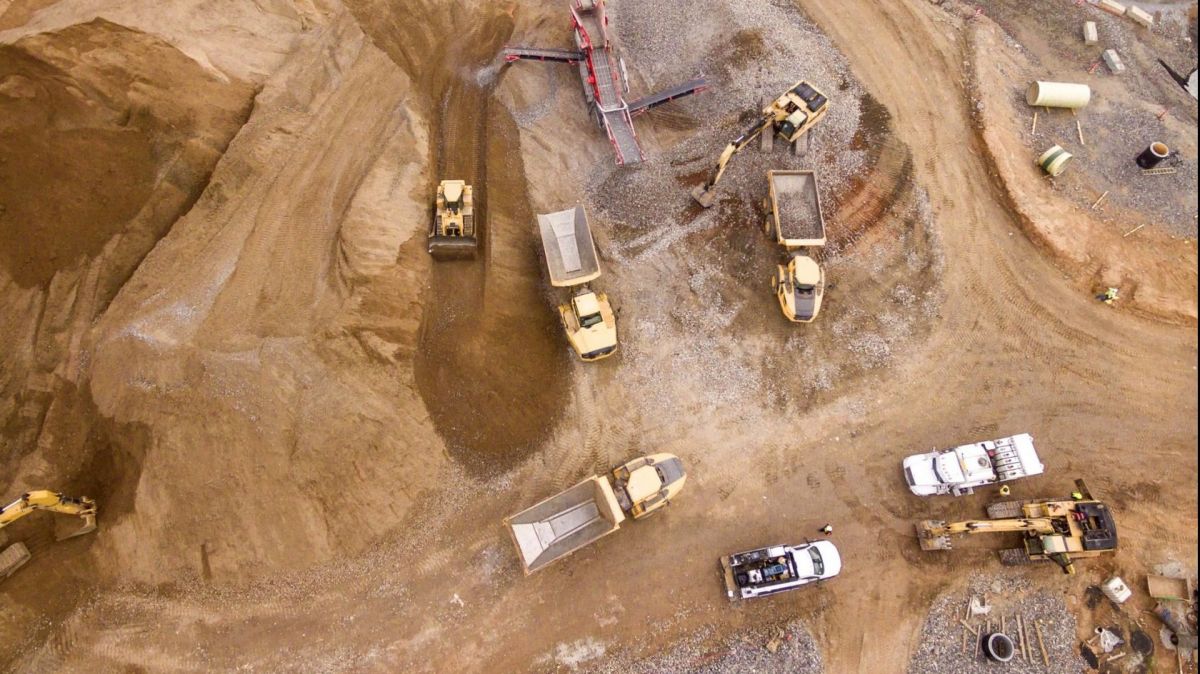But now drones are political weapons as well, and it will get worse.
Two weeks ago three quadcopters flew into the heavily fortified ‘Green Zone’ in Baghdad to attack the home of Iraqi Prime Minister Mustafa al-Kadhimi, who won last month’s national election and is working to form a new coalition government (usually a months-long haggle in Iraq).
Two of the drones were shot down, but the third dropped explosives that blew in Kadhimi’s front door, injured at least five guards, and wounded the prime minister’s wrist. If he had died, he would have been the first senior politician killed by a drone, but that honour will have to go to someone else. We probably won’t have to wait too long.
Small quadcopter drones were first used by ‘Islamic State’ during the siege of Mosul in 2017, and the main venue is still Iraq. A drone loaded with a 2-kilo munition was found on a rooftop in central Baghdad in March, another was found nearby after it crashed in July, and US forces shot down a quadcopter carrying explosives over the US embassy later that month.
Long-range, million-dollar drones have been killing people remotely for a more than a decade, but those are big aircraft making big explosions and they usually avoid densely populated urban areas. They won the war for Azerbaijan against Armenia last year, which was their first decisive use in a ‘conventional’ war. But now we are seeing something quite different.
“I’m not just talking about large unmanned platforms, which are the size of a conventional fighter jet that we can see and deal with by normal air defense means,” explained General Mackenzie. “I’m talking about ones you can go out and buy at Costco right now for $1,000.”
If you have some people who are good at making improvised explosive devices (a fairly widespread skill these days), then buy yourself a clutch of drones big enough to carry two or three kilos each and you can go into business right away.
Otherwise, you’ll have to figure out how to make ‘IEDs’ for yourself by trial and error – and do bear mind that errors are generally lethal. But the golden age of political assassinations, dormant for a century, is probably on its way back in.
You can shoot down quadcopters, of course, but they are small, fast-moving targets. They can be launched in large numbers, and they can avoid detection until the last moment by staying low amid the urban clutter. If they are actively guided you can jam the signal, but if they are following a pre-programmed flight path using GPS there’s no signal to jam.
They’re also untraceable. Even if you find the bits after the thing exploded, there will be no markings on the pieces that let you trace it back to the person who bought it.
What caused the recent unpleasantness in Iraq was that Khadhimi’s party won the right to form the new government in the October election, while the pro-Iranian militias lost two-thirds of their seats in parliament. It was a surprisingly fair election, but the militias automatically claimed foul. (They even borrowed Trump’s slogan: “Stop the Steal”.)
On 5 November stone-throwing militia supporters marched on the Green Zone to protest. The police opened fire, dozens of people were injured, and at least one demonstrator, maybe two, died. The drone attack on Kadhimi’s house, ‘safe’ inside the Green Zone, came just two days later.
It doesn’t take much by the way of offense to motivate people into doing something that’s so cheap and safe (for the attacker). Even if the attack fails, the authorities probably won’t be able to find the perpetrator. Just wait a month or so, and try again from a different direction with different speeds and altitudes.
It’s inevitable that this technique will spread rapidly far beyond Iraq, and that politicians and other prominent public figures will be vulnerable to it in every country, even the well-run ones. They will need more security than before, perhaps much more, and even that will not guarantee their safety.
And there may be one more step in this dance. It’s not normally a good idea for a killer drone to be in direct radio contact with the person who launches it, but if that person has access to face-recognition software it might be possible to make remote attacks outdoors on individual people with relatively little ‘collateral damage’. Is nothing safe?
Of course not. It never was, really. Kings needed food-tasters to avoid being poisoned; presidents and prime ministers just need different kinds of protection.
















